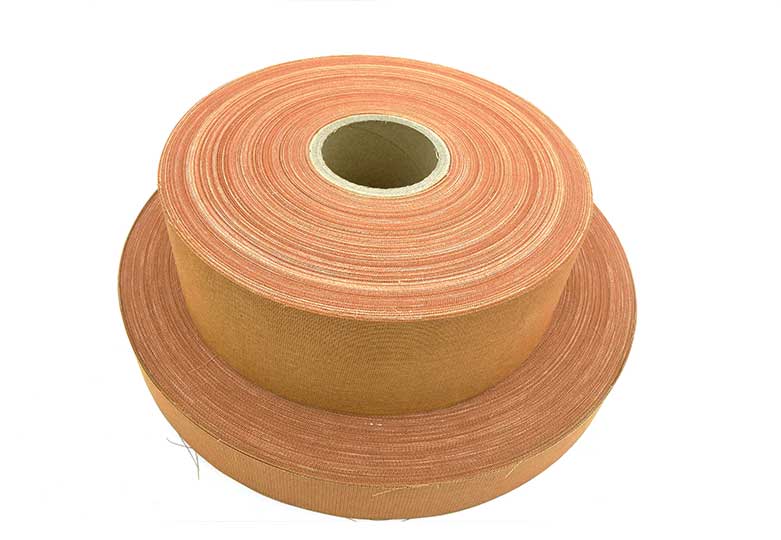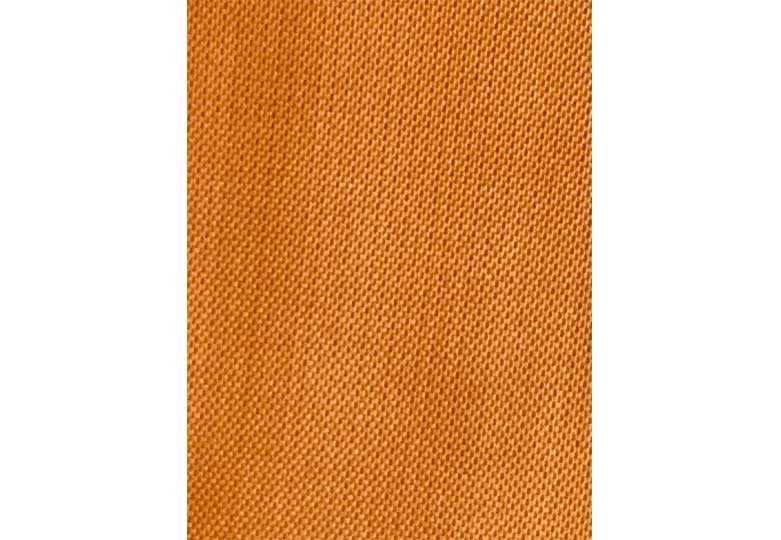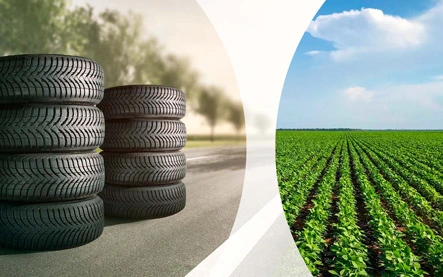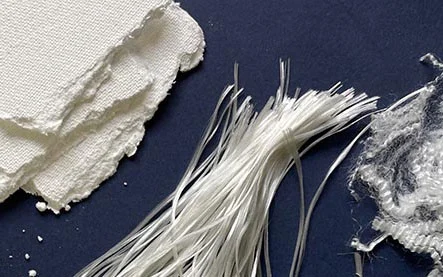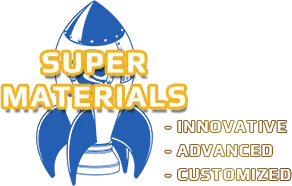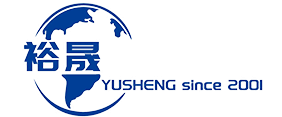
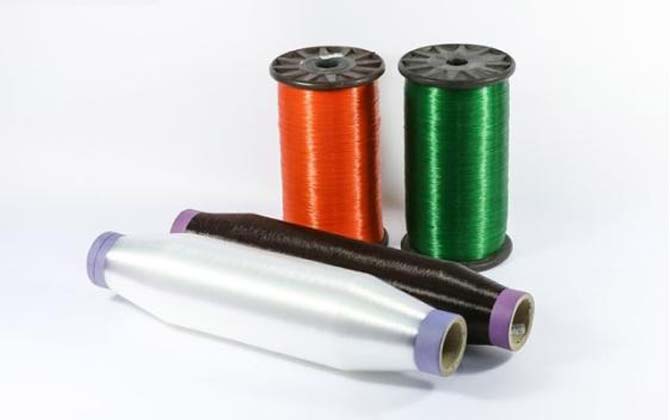
The global fiberglass yarn market is valued at US$ 3.5 billion in 2022 and further expand at a growth rate of 4.9% to reach US$ 5.68 billion by the end of 2032.
E-glass yarn type dominates the fiberglass yarn market with more than 75% of the market share in 2022.

In recent years, demand for insulators and circuit boards has increased rapidly due to the growth of the construction industry across the world. The construction industry is growing at a healthy CAGR, which is likely to push the demand for insulators as well.
Electronic products that are used widely would not be possible to manufacture without the use of fiberglass yarn.
The properties of fiberglass yarn, such as low elongation, mechanical strength, and thermal resistance, make it suitable for use in electronics. Moreover, its extensive use in the aerospace and automotive industries is likely to boost the fiberglass yarn market during the forecast period.
●Short Term (2022 to 2025): Growing use of fiberglass yarn in the electrical and electronics industry to positively impact market growth in the short term.
●Medium Term (2025 to 2028): Asia Pacific and North America anticipated to witness high demand for fiberglass yarn owing to an increase in the use of electronic materials.
●Long Term (2028 to 2032): Growing global construction sector to become a key factor for the fiberglass yarn market in the long term, as it is applicable in electronic materials such as PCBs, insulators, and circuit boards.
Between 2017 and 2021, the global market for fiberglass yarn progressed at a CAGR of 3.3%. As per findings by Fact.MR, a market research and competitive intelligence provider, fiberglass yarn sales are projected to rise at 4.9% CAGR from 2022 to 2032.
Image reflects market share analysis of fiberglass yarn based on end-use industry and region. Under end-use industry, electronics and electrical dominates the market with 41.8% market share.
E-glass yarn is used in a majority of printed circuit boards, which is layered and added with a variety of resins such as epoxy, melamine, phenolic, etc. The end product acts as a backbone for printed circuit boards. Fiberglass is used in printed circuit boards to facilitate corrosion resistance, thermal conductivity, and dimensional stability, which are all critical for the performance of the end product. Fiberglass yarn has properties such as low elongation, good mechanical strength, and thermal resistance, owing to which, fiberglass is the perfect yarn for use in many electrical components. Fiberglass yarn is widely used by the manufacturers of motors and transformers for several applications in electrical, electronic, defence, aerospace, marine, and lighting. Fiberglass sleeving is perfectly suitable for high and low temperatures, and also voltage.
E-glass laminates are widely used in the aerospace industry. E-glass laminate provides compressive strength qualities and superior tensile strength, and has been used in the aerospace industry for many years. The use of E-glass laminates in the aerospace industry started way back in 1950 with Boeing 707.
Nearly 50% of modern airplanes are constructed with the help of composites. A variety of composites are used in airplanes, such as carbon fiber, glass fiber, and reinforced epoxy. Although, E-glass continues to be the preferred choice used for reinforcement. E-glass reinforced composite can be used in several applications in airplanes, such as insulation, flooring, cargo liners, closets, air ducts, etc.
E-glass laminates, with their robust design properties, will continue to play a crucial role in the aerospace industry, as engineers are focusing on reducing the weight of airplanes by nearly 20% over aluminium, which will help increase the fuel efficiency of aircraft. High-temperature resistance, dimensional stability, and tensile strength are some of the important properties of fiberglass yarn, which makes it suitable for use in the automotive industry.
Braided tubes or aluminum foil-backed woven using fiberglass yarn products are used to protect wire harnesses and tubing from heat. Brake pads and clutch discs are reinforced with woven fiberglass, which helps maintain the integrity of composites in very hot or cold environments. Headliners and automotive insulation are some of the important components of the automobile industry where fiberglass yarn is widely used.
Fiberglass yarn provides properties such as high tensile strength, thermal resistance, and dimensional stability. These properties make it suitable for use in several end-use industries such as aerospace, automotive, construction, electrical, etc. However, fiberglass has some disadvantages that can hamper market progress.
The use of fiberglass yarn in most products can lead to moisture issues, which can harm the insulation. Unlike other materials used in insulation, such as sprayed foam or foam board, wet fiberglass insulation has no insulating properties until it gets dry.
Moulding issues can be faced when moisture is present in the fiberglass insulation. Insulation materials such as loose fill callous or sprayed foam are denser and give more protection against air leaks as compared to glass fibers. Also, the use of substitute products such as carbon fiber and aluminum can hamper market growth to some extent.
We Value Your Privacy.
Our website uses cookies to improve your experience. By clicking "Accept All Cookies", you agree to the storing of cookies on your device to enhance site navigation, analyze site usage, and assist in our marketing efforts.
 English
English 日本語
日本語 한국어
한국어 français
français Deutsch
Deutsch Español
Español italiano
italiano русский
русский português
português العربية
العربية tiếng việt
tiếng việt